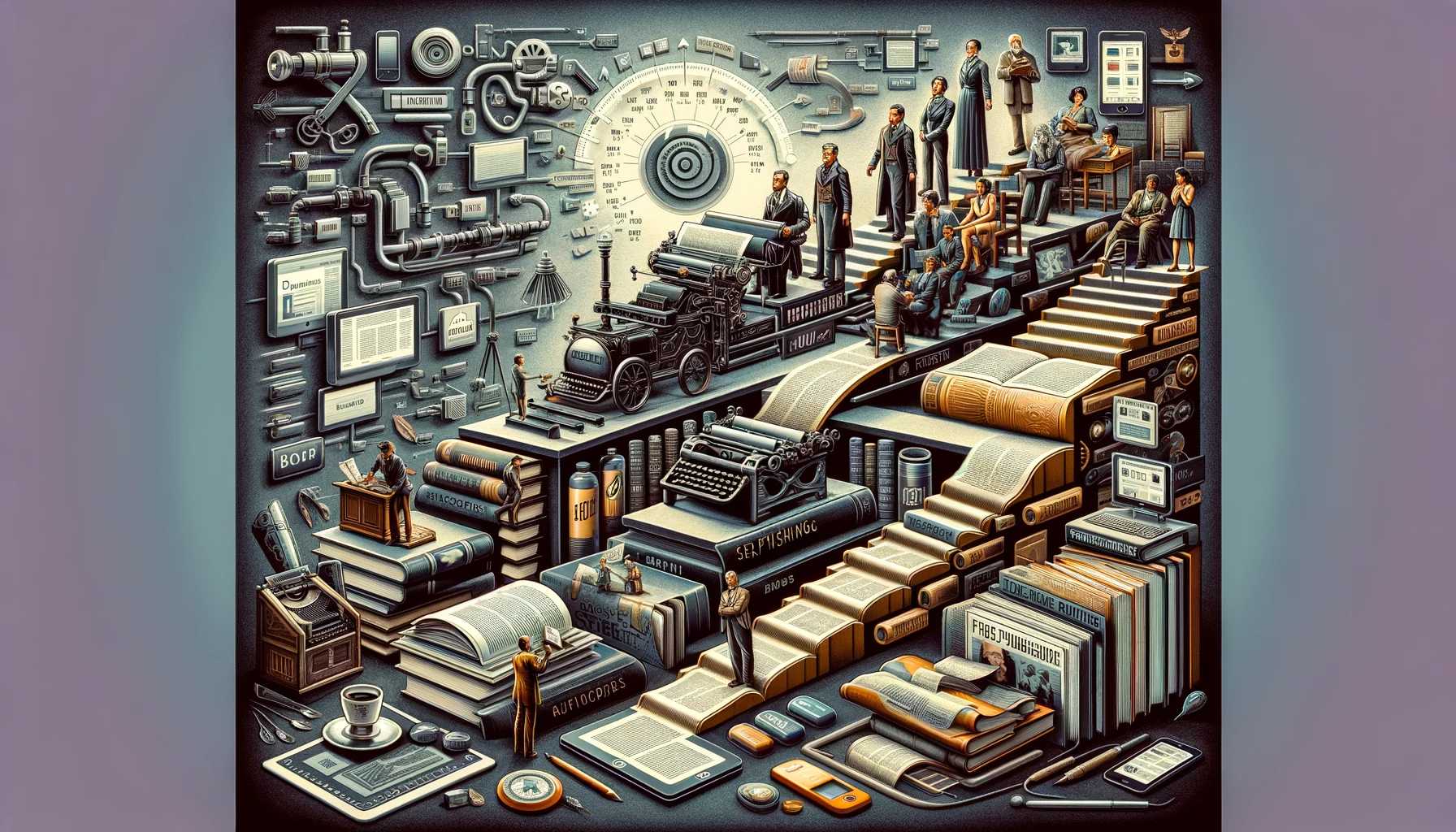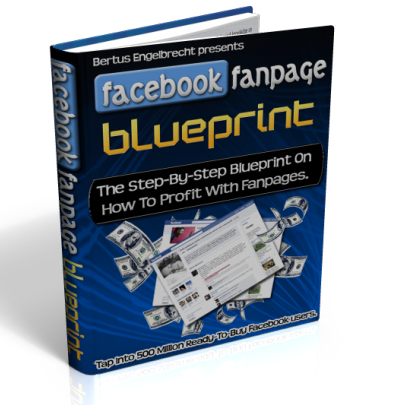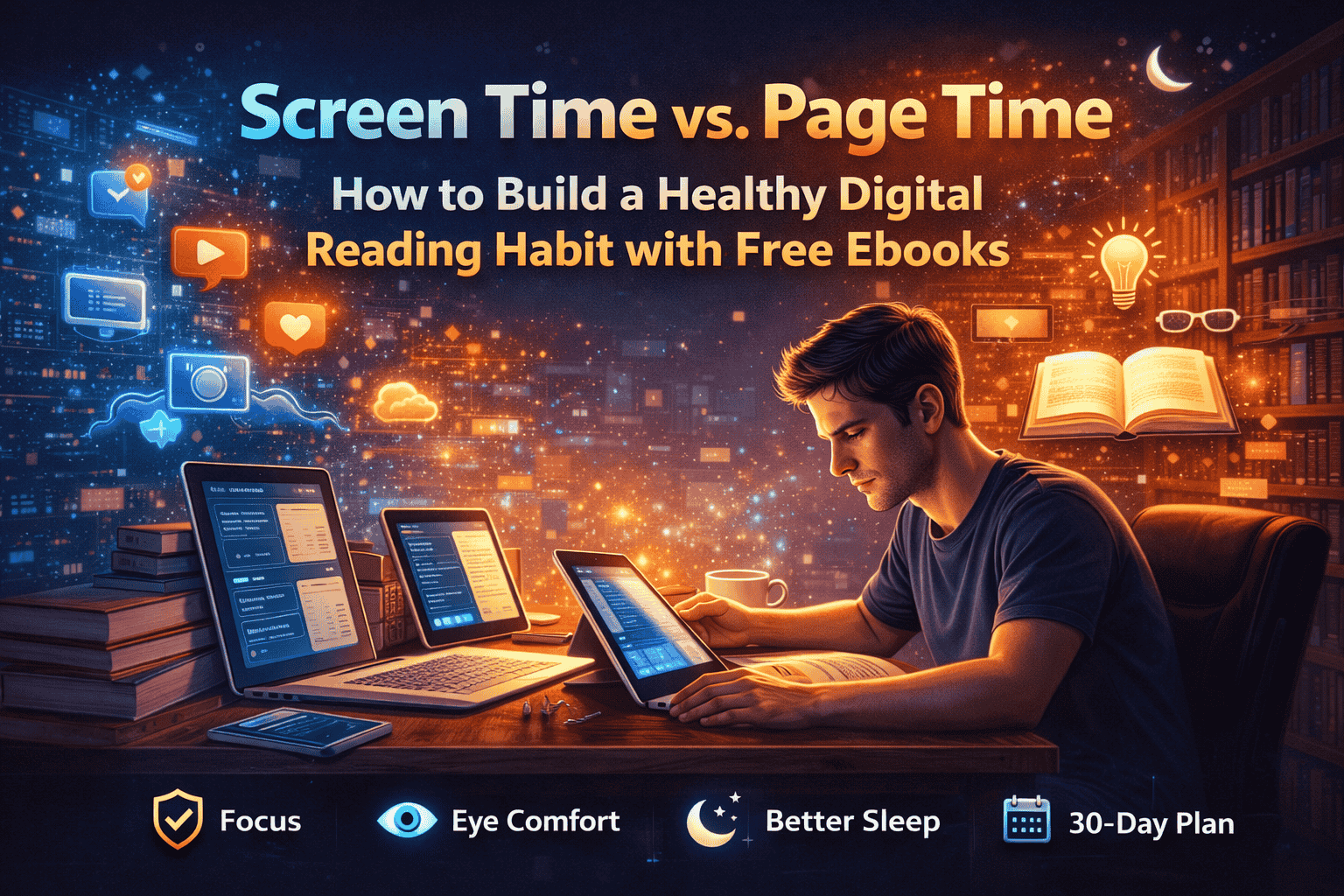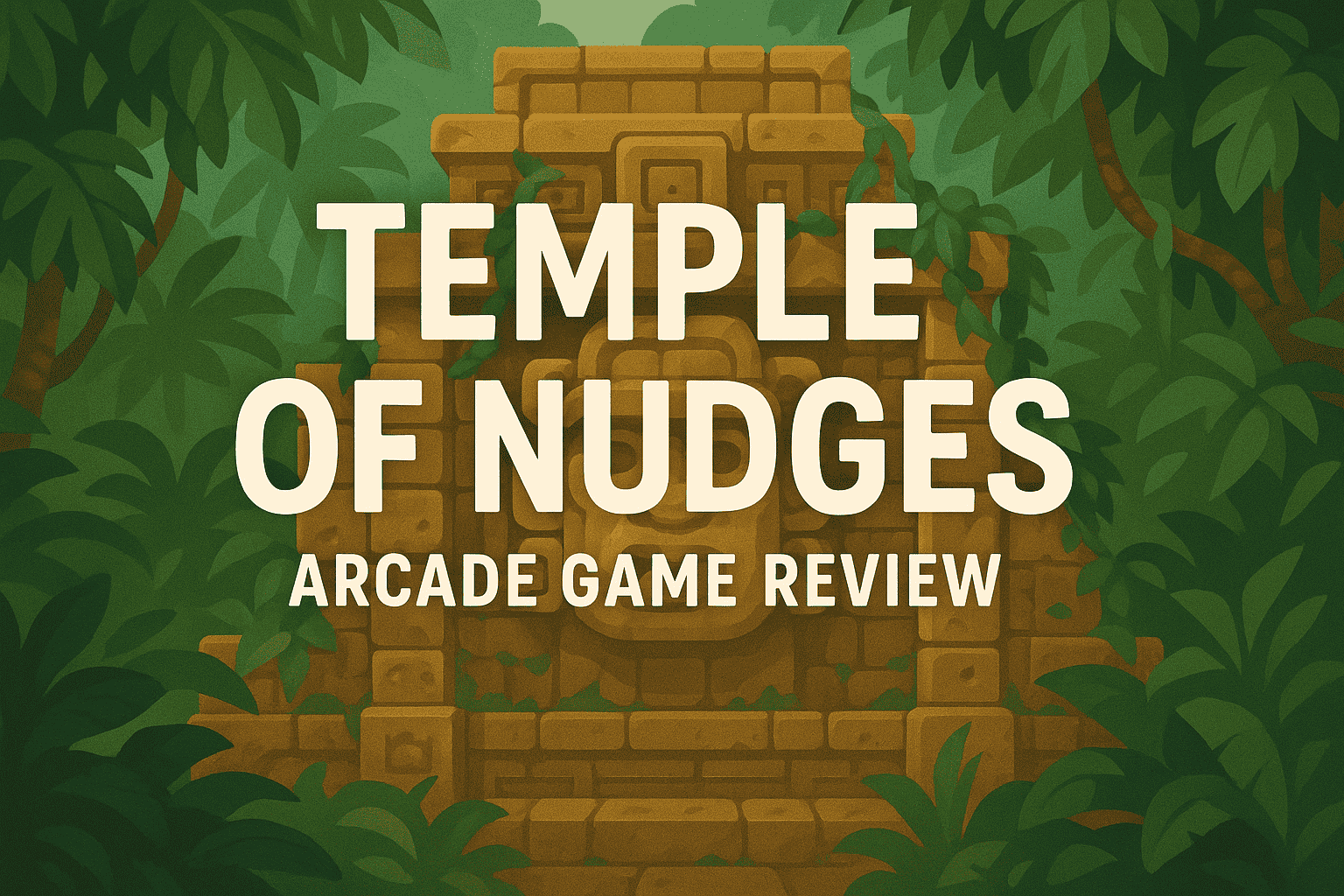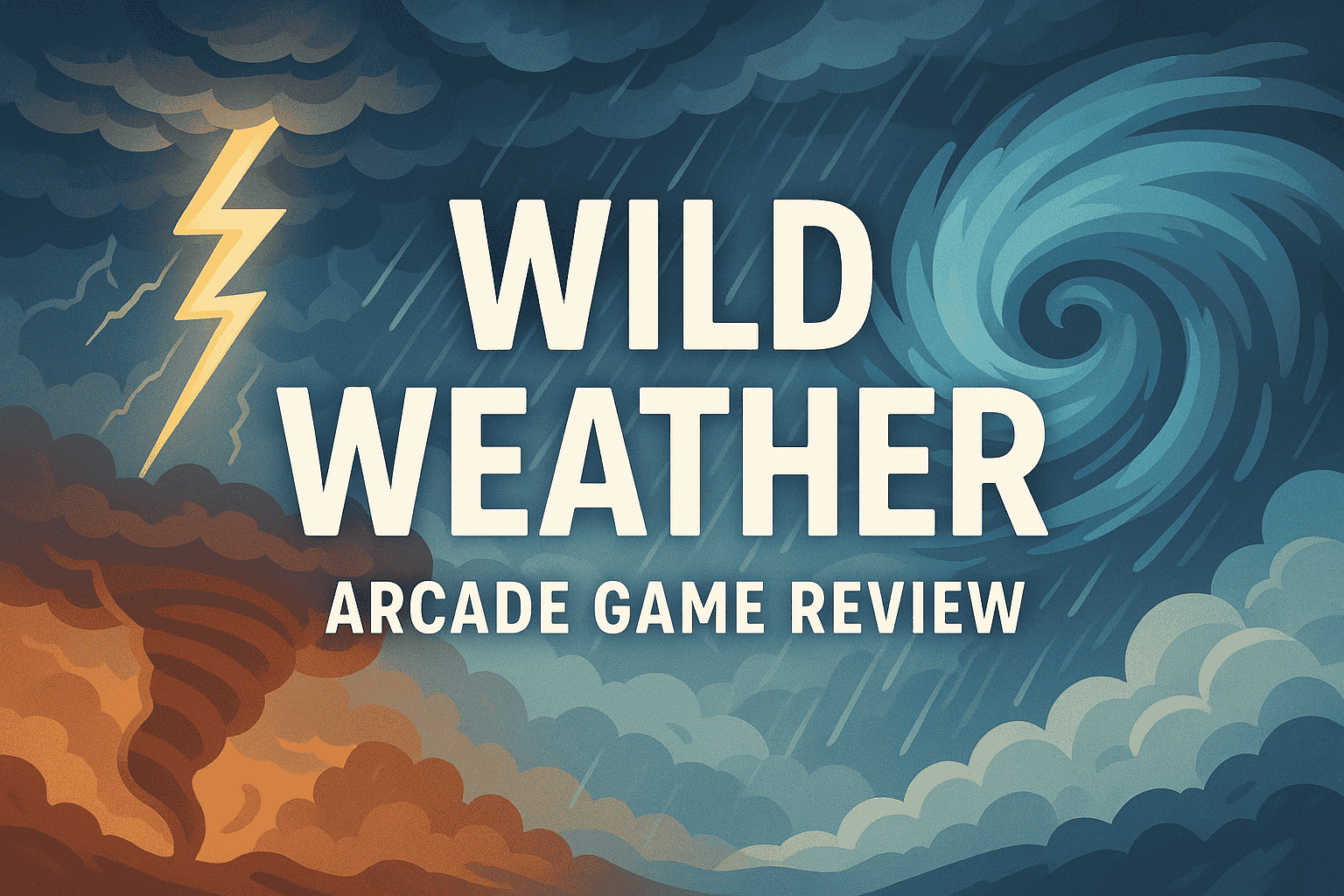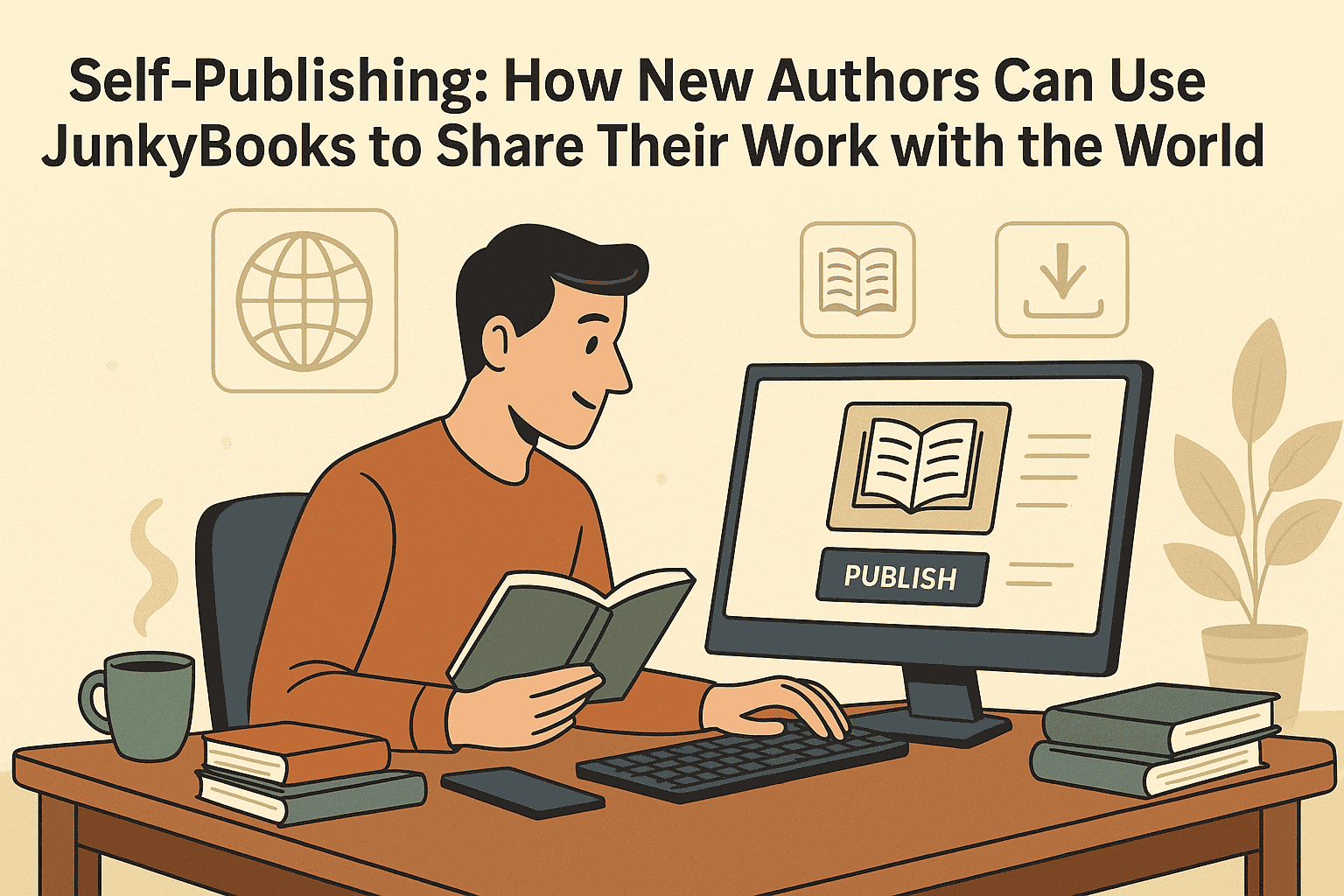The Emergence of the Modern Publishing Industry
Publishing is the process of producing and distributing books, magazines, newspapers, and other forms of written content. The term “publishing” can also be refer to as industry that encompasses all of these activities. There are different types of publishing, including traditional publishing, self-publishing and hybrid publishing. Publishing is the activity of making information, literature, music, software, and other content available to the public for sale or for free.
Traditionally, the term refers to the creation and distribution of printed works, such as books, comic books, newspapers, and magazines. With the advent of digital information systems, the scope has expanded to include digital publishing such as e-books, digital magazines, websites, social media, music, and video game publishing. Traditionally, the term refers to the creation and distribution of printed works, such as books, comic books, newspapers, and magazines. With the advent of digital information systems, the scope has expanded to include digital publishing such as e-books, digital magazines, websites, social media, music, and video game publishing.
Self-publishing has become very common. The commercial publishing industry is made up of thousands of small independent publishers, major retail brands, and large multinational conglomerates like News Corp, Pearson, Penguin Random House, and Thomson Reuters. It has several divisions, including trade/retail publishing of fiction and non-fiction, academic and scientific publishing, and educational publishing. Governments, civil society, and private companies also publish for administrative or compliance requirements, business, research, advocacy, and public interest objectives.
Publishing has evolved from a small, ancient form limited by law or religion to a modern, large-scale industry broadcasting all types of information.
"Publisher" can refer to a publishing company or organization, or to an individual that is responsible for the publication of book or other written content. Publisher typically acquire the rights to a book from an author, and then they work with the author to develop and edit the manuscript. They also design the cover and layout of the book, and they market and distribute the book to bookstores and other retailers.
HISTORY OF THE INDUSTRY
With the development of writing and the arrival of printing, publishing was made more feasible. Distributed works were manually copied by scribes prior to printing. Publishing advanced in tandem with the advancement of books because of printing.
Bi Sheng, a Chinese inventor, created movable earthenware in 1045, although no specimens of his creations are known to have survived. In 1234–1250 AD, the Goryeo Dynasty Korean government servant Choe Yun-ui created the first metal moveable type.
Johannes Gutenberg created moveable type in Europe in 1450, along with advances in matrix and hand mold casting. This invention is widely recognized as his own. Books were more accessible and less expensive to create after the printing press was invented.
"A man born in 1453, the year of the fall of Constantinople, could look back from his fiftieth year on a lifetime in which about eight million books had been printed, more perhaps than all the scribes of Europe had produced since Constantine founded his city in A.D. 330." Incunables, also known as incunabula, are early printed books, single sheets, and images created before 1501 in Europe.
Printing eventually made various publishing formats possible.
Missionaries brought printing presses to sub-Saharan Africa in the mid-18th century.
While some authors choose to self-publish, publishers have traditionally handled publishing. The World Wide Web's creation in 1989 quickly made websites the preeminent publication medium. Online books, online newspapers, and online magazines quickly followed the development of wikis and blogs. By creating multimedia material, this also made it easier for self-published and commercial content to converge technologically, as well as for publishing and production to converge into online production.
Types of Publishing
The publishing process covering most magazine, journal, and book publishers includes:
1. Commissioning
2. Writing
3. Copy editing
4. Design
5. Copywriting
6. Typesetting
7. Proofreading
8. Correction cycles
9. Indexing
10. Final corrections
11. Web publishing
12. Prepress
13. Printing
14. Post press
15. Distribution
16. Marketing
Stages of Publishing
Newspaper publishing
The history of newspaper publishing can be traced back to the seventeenth century, when the first English- Language newspaper, the London Gazette, was founded in 1665. The industry Revolution of the eighteenth and nineteenth centuries led to the mass production of newspapers, and the introduction of new technologies such as the telegraph and the linotype machine made it easier to production and distribute newspapers. In the twentieth century, the growth of the television industry led to a decline in newspaper circulation. But the rise of internet in the twenty-first century has led to new opportunities for newspapers.
Journal publishing
Journal publishing goes back to the seventeenth century, when the first scientific journals were founded. These journals, such as the philosophical Transactions of the Royal Society, were created to share new discoveries and research with other scientist. In the nineteenth century, the number of scientific journals increased rapidly. In the twentieth century, the field of academic publishing expanded to include humanities and social sciences journals. Today, journals are available in both digital and print formats, and there are thousands of journals published around the world.
Magazine publishing
The magazine publishing is similar to that of the newspaper publishing, with the first magazine being produced in the seventeenth century. The first English-Language magazine, the Gentleman’s Magazine, was founded in 1731. In the nineteenth century, the advent of mass-market magazines such as The Illustrated London News and Harper’s weekly led to a boom in magazine publishing. In the twentieth century, specialized magazine such as Time and Newsweek were introduced.
Book publishing
Book publishing goes back to the fifteenth century, when Gutenberg’s printing press made it possible to mass-produce books. For centuries, book publishing was dominated by a small number of large publishing houses. But in the twentieth century, the rise of paperback books and the expansion of bookstores led to the growth of smaller publishing houses. In the twenty-first century, the digital revolution has a major impact on book publishing. The rise of e-books and online bookstores has led to both opportunities and challenges for publishers.
Directory publishing
Directory publishing is a type of publishing that involves creating and distributing books or online resources that list information about people, businesses, or organization. The first directory was the London Directory, which was published in 1677. In the nineteenth century, directory publishing became an important industry, with directories such as the American Medical Directory being published. In the twentieth century, directory publishing became increasingly computerized. Today, many directories are available online, and there are even specialized directories for niche industries.
Textbook publishing
This is the important part of the publishing industry. The first textbooks were published in the seventeenth century, but it was not until the nineteenth century that they became widely used in schools. The twentieth century saw a boom in textbook publishing, with textbooks being produced for a wide range of subjects. Today, textbooks publishers face challenges from digital technologies, such as e-textbooks and open educational resources.
Catalog publishing
This type of publishing that involves creating and distributing catalogs that list products or services for sale. The first catalogs were produced by retailers in the eighteenth century, but it was not until the mid-nineteenth century that Catalogs Company became widespread. In the twentieth century, catalogs became an important marketing tool for many companies. Today, catalogs are still used by retailers, but they have also been joined by online catalogs, or e-catalogs.
Web publishing
Web publishing involve creating and distributing content on the World Wide Web. The first web publishing started in the early 1990s, with companies like Yahoo! And Amazon being among the first to offer web-based content. In the 2000s, blogging and social media sites like Facebook and Twitter became important forms of web publishing. Today, a wide range of content is available on the web, including news, blogs, videos, and more.
Advertising
Advertising is a major part of the publishing industry. In early days of publishing, advertisements were often included in books, newspapers, and magazines. Over time, the role of advertising grew, and it became an important source of revenue for publishers. In the twentieth century, new forms of advertising emerged, such as radios, and television advertising. Today, advertising is a multibillion-dollar industry, and it takes many forms, including online advertising and mobile adverting.
Tie-in publishing
Tie-in publishing is a unique form of advertising. Tie-in publishing involves creating and selling products that are related to a particular book, movies, or TV shows. For example, a publisher might create a cookbook that’s based on a popular TV cooking show. Or, a publisher might create a line of toys that are based on a popular children’s book. In some cases, tie-in publishing can be very successful, with products selling millions of copies. But it can also be risky, since the success of the tie-in product is often dependent on the success of the original work.
Book publishing sub-divisions
There are four major types of publishers in book publishing:
- Commercial publishers are more publishers that are focused on making profit. They include companies like Random House, Simon & Schuster, and HaperCollins. Commercial publishers typically have large staffs, with editors, designers, marketers, and salespeople. They also have large budgets, and they spend a lot of money on advertising and marketing. Commercial publishers often have strict requirements for the books they publish, and they may only be interested in books that have the potential to sell a lot of copies.
- Self- publishing: This is a relatively new form of publishing that has become increasingly popular in recent years. Self -publishing is when an author takes on all of the responsibilities of publishing a book, from editing to marketing. Self-publishers often use online platforms like Amazon’s, Kindle, Direct Publishing or Smashwords to distribute their books.
- Vanity press sometimes called “subsidy publishing” in which the author pays a company to produce and distribute their book. Vanity presses often offer authors packages that include editing, design, and marketing services. Some authors choose this option because they feel like they have more control over their book, but it can be risky and expensive endeavor.
- Hybrid publishing is a relatively new option that combines elements of both traditional publishing and self-publishing. Hybrid publishers often require authors to contribute some of the costs of publishing their books, but they also offer some of the services that are typically provided by traditional publishers, like editing, and marketing. This can be a good option for authors who want some control over their book but also want the support of a traditional publisher.
In conclusion, there are different types of publishing, each with its own advantages. Self-publishing offers the most control, but it can be risky and expensive. Traditional publishing is less risky, but it can be difficult to get your book noticed. And hybrid publishing offers a middle ground between the two. As you consider your options, it’s important to think about your goals and what type of publishing will best help you reach them.
The development of the Internet has made it possible to distribute books without the need for physical printing, shipping, or storage. With the exception of a few small adjustments to account for the different publishing platforms, the process of getting a book ready for e-book publication is the same as for print publication. E-book publication also removes some expenses, such as the retailer discount.

